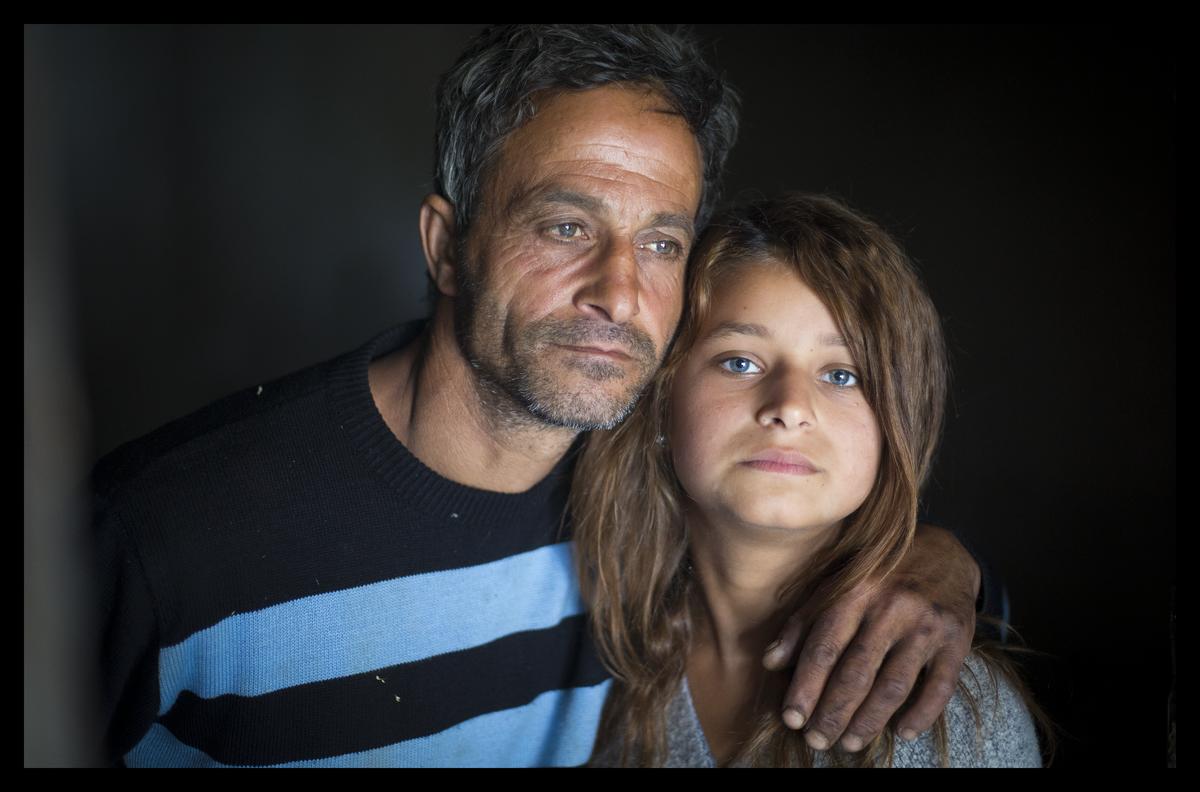Kosovo Crisis Update
Kosovo Crisis Update
Albania
UNHCR and its implementing partners on Wednesday began transporting to Kosovo relief supplies and equipment from camps that have been emptied as a result of the massive return of refugees to the Serbian province.
Convoys, escorted by police and troops of the international security force in Albania called AFOR, ferried tents, plastic sheets, water purification systems, tankers and sanitation equipment from camps in central Albania to Kosovo.
Amid fears of looting and bandit attacks, representatives of UN and other intergovernmental agencies, donor countries, NGOs and the Albanian government last week agreed to move out certain of the assets left behind in the camps, in order to be able to use these in Kosovo.
The meeting also agreed to consolidate the remaining refugees in a few camps and collective centres, and to repair ecological damage caused by the presence of large refugee camps.
Another 7,500 refugees returned from Albania on Tuesday, including 752 who joined organized convoys to Pristina, Prizren and Urosevac. AFOR aircraft and helicopters flew 356 refugees from camps in Korce in south-eastern Albania to the northern border town of Kukes to board buses to Kosovo.
So far, 359,400 refugees have returned since 15 June. It is estimated that around 84,000 refugees remain in Albania.
Kosovo
Small groups of Serb and Roma civilians have requested round-the-clock protection from KFOR, the international troops in Kosovo, or evacuation to Montenegro or to Serbia proper.
One group making such requests to UNHCR staff on Tuesday was in the area of Istok, near the western town of Pec. In one village, 54 Serbs said returning Kosovars had threatened to kill them and they wanted a 24-hour KFOR presence, otherwise they would leave. In another village, six Serbs and 11 Roma told UNHCR they preferred to go to Montenegro and asked for KFOR escort.
UNHCR has received similar requests for protection of Serb minorities in Djakovica and Orahovac. UNHCR staff visited Serbs living in the Strpce area on Tuesday. This area has become a sanctuary for Kosovo Serbs, with around 11,000 thought to be staying there. A climate of fear and uncertainy about the future reigned.
In Decane, KFOR troops rescued several Serbian children after their house was set on fire by unknown people after their parents left on an errand.
In addition to visiting besieged communities, UNHCR staff in Pec continued to distribute relief supplies. So far, UNHCR has distributed 3,000 tents in Pec, which was severely damaged during the war.
Tens of thousands of people have returned to Djakovica, an important commercial centre near the border with Albania. It had a pre-war population of around 60,000 people. Local authorities say up to 90 percent of Djakovica's population has returned, though UNHCR believes the number is somewhat lower.
Many of the surrounding villages have been destroyed during the war and people come daily to offices of aid agencies seeking assistance, mainly shelter materials.
Reports of land mine accidents in the Djakovica area persist. On Sunday, a land mine blast killed a child in a field where people had already been working without incident for some days.
FYR of Macedonia
Around 4,200 refugees returned from the FYR of Macedonia to Kosovo on Tuesday, including 186 who joined convoys of UNHCR and the International Organization for Migration.
So far, 207,300 refugees have returned since mid-June. The movement of people at the main border crossings is gradually returning to normal levels, with hundreds of travellers and businessmen coming and going every day.
UNHCR Skopje has kept the agency's supply pipeline to Kosovo going delivering so far 7,400 tents, 29,000 rolls of plastic sheeting, 249,000 blankets, 132,000 mattresses, 148,000 hygienic kits and 3,000 kitchen sets.
Republic of Montenegro
On Wednesday, 407 Kosovars joined UNHCR's first repatriation convoy to Kosovo from Montenegro, travelling from the western coastal town of Ulcinj to Pec in 7 buses, 2 trucks and 17 cars.
Spontaneous returns continued. Even before the organized convoy left Ulcinj, 204 persons in 24 cars and 2 buses went on their own back to Kosovo.
On Tuesday, 600 Kosovars returned spontaneously, bringing the overall count of returnees from Montenegro at the end of Tuesday to 48,300.
UNHCR-IOM Humanitarian Evacuation Programme
The Italian government flew 580 Kosovo refugees from Italy to Skopje on Tuesday and later sent them by bus to Gnjilane in the Serbian province where they arrived in the evening. The group were returning voluntarily.
UNHCR staff provided assistance to the group on arrival in Gnjilane and worked late into the night to transport some of them to neighbouring villages.
The returnees from Italy were the first to come back of the 91,000 refugees who had been flown from the FYR of Macedonia to third countries under the humanitarian evacuation programme of UNHCR and the International Organization for Migration.
Arrangements are being worked out to ensure that voluntary repatriation movements from Europe and other areas where Albanians were evacuated during the crisis take place in a planned and orderly manner.









